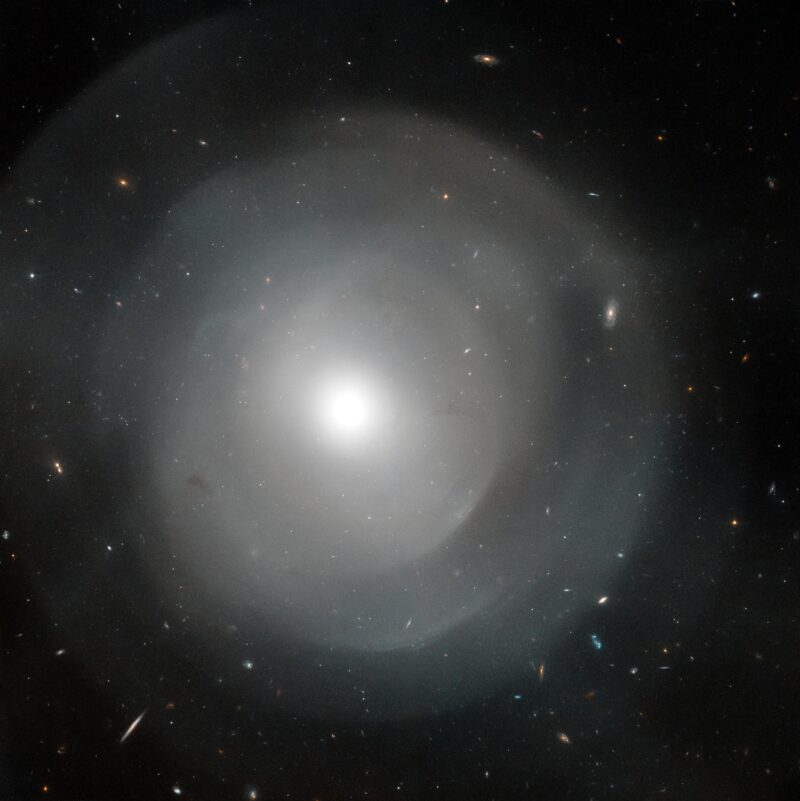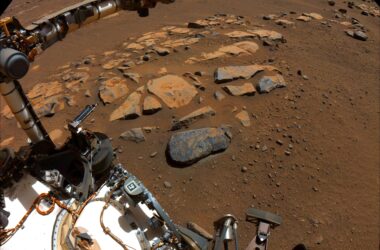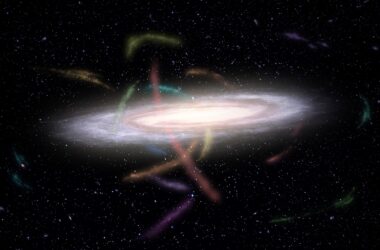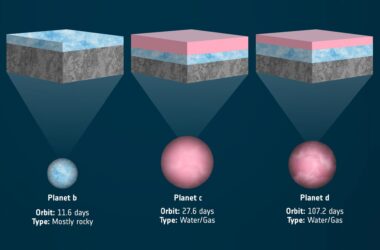
Image du télescope spatial Hubble de la gigantesque galaxie elliptique NGC 474 située à environ 100 millions d’années-lumière de la Terre. Crédit : NASA, ESA, et D. Carter (Liverpool John Moores University) ; Traitement d’image : G. Kober (NASA Goddard/Université catholique d’Amérique).
Cette nouvelle image du télescope spatial Hubble de la NASA capture la région centrale de l’énorme galaxie elliptique NGC 474. Située à environ 100 millions d’années-lumière de la Terre, NGC 474 s’étend sur environ 250 000 années-lumière de diamètre – soit 2. 5 fois plus grande que notre propre Milky Way galaxy!
Along with its gigantic size, NGC 474 has a series of complex layered shells that surround its spherical-shaped core. The origin of these shells is unknown, but astronomers theorize that they may be the aftereffects of the giant galaxy absorbing one or more smaller galaxies. In a similar manner to how a pebble creates ripples on a pond when dropped into the water, the absorbed galaxy creates waves that form the shells.

Most elliptical galaxies are associated with galaxy clusters, but NGC 474 is in a relatively empty part of space. Only a much smaller spiral galaxy, NGC 470, is nearby and visible in the Digital Sky Survey image above. This beautiful spiral will likely succumb to NGC 474’s gravitational pull billions of years from now, possibly creating even more complex shells around the giant elliptical. Credit: NASA, ESA, D. Carter (Liverpool John Moores University), DSS; Image processing: G. Kober (NASA Goddard/Catholic University of America)
About 10% of elliptical galaxies have shell structures, but unlike the majority of elliptical galaxies, which are associated with galaxy clusters, shelled ellipticals usually lie in relatively empty space. It may be that they’ve cannibalized their neighbors.
The image was created using data from Hubble’s Advanced Camera for Surveys. Additional gap-filling data was provided by Hubble’s Wide Field and Planetary Camera 2 and Wide Field Camera 3. The color blue represents visible blue light while the color orange represents near-infrared light that is just out of the range of human vision.



